Let’s compare dry-core and jelly-filled cables across various aspects to highlight their differences, advantages, and disadvantages:
1. Moisture Protection:
Jelly-filled:
– Excellent water and moisture resistance
– Prevents water migration along the cable length
– Provides continuous protection even if the cable jacket is damaged
Dry-core:
– Relies on the outer jacket for moisture protection
– May use water-swellable materials for added protection
– More susceptible to water ingress if the jacket is compromised
2. Installation:
Jelly-filled:
– More challenging to install due to the gel
– Requires cleaning before termination or splicing
– Heavier, which can affect handling and support requirements
Dry-core:
– Easier to install and terminate
– Lighter weight, making it easier to handle
– No need for special cleaning procedures during termination
3. Flexibility:
Jelly-filled:
– Generally less flexible due to the gel filling
– May have a larger minimum bend radius
Dry-core:
– More flexible, easier to route in tight spaces
– Typically has a smaller minimum bend radius
4. Environmental Performance:
Jelly-filled:
– Better performance in wet or high-humidity environments
– More resistant to water ingress under pressure
– Better protection against freeze-thaw cycles
Dry-core:
– Adequate for most indoor and some outdoor applications
– May require additional protection in harsh environments
5. Electrical Performance:
Jelly-filled:
– Maintains consistent electrical properties even if the outer jacket is damaged
– Gel can slightly affect the cable’s dielectric properties
Dry-core:
– Consistent electrical properties under normal conditions
– Performance may degrade if exposed to moisture
6. Longevity:
Jelly-filled:
– Generally longer lifespan in harsh environments
– Better protection against long-term environmental degradation
Dry-core:
– Good lifespan in controlled environments
– May have a shorter lifespan in challenging outdoor conditions
7. Maintenance and Repair:
Jelly-filled:
– More complex to repair and maintain
– Requires special procedures for cleaning and re-sealing
Dry-core:
– Easier to repair and maintain
– Standard procedures for splicing and termination
8. Cost:
Jelly-filled:
– Generally more expensive due to the gel filling
– Higher installation costs due to specialized procedures
Dry-core:
– Usually less expensive to produce
– Lower installation costs
9. Application Suitability:
Jelly-filled:
– Ideal for outdoor, underground, and underwater applications
– Preferred in areas with high humidity or flood risk
– Often used in telecommunications and industrial settings
Dry-core:
– Suitable for most indoor applications
– Used in less demanding outdoor environments
– Common in office and residential networking
10. Temperature Performance:
Jelly-filled:
– Gel properties may change with extreme temperatures
– Generally good performance across a wide temperature range
Dry-core:
– Consistent performance across normal temperature ranges
– May be more susceptible to extreme temperature effects
11. Environmental Impact:
Jelly-filled:
– Gel compounds may raise environmental concerns
– Proper disposal may be more complex
Dry-core:
– Generally considered more environmentally friendly
– Easier to recycle in most cases
12. Signal Transmission:
Jelly-filled:
– May have slightly higher attenuation due to gel properties
– Consistent performance even if the outer jacket is compromised
Dry-core:
– Typically lower attenuation
– Performance is more dependent on maintaining jacket integrity
13. Compatibility with Connectors:
Jelly-filled:
– May require specialized connectors or preparation techniques
– Can be messy to work with during termination
Dry-core:
– Compatible with standard connectors
– Easier and cleaner termination process
In summary, jelly-filled cables offer superior protection against moisture and environmental factors, making them ideal for challenging outdoor and industrial applications. However, they come with increased complexity in installation and maintenance, as well as higher costs. Dry-core cables are easier to work with and more cost-effective, making them suitable for most indoor applications and less demanding outdoor environments. The choice between the two often depends on the specific requirements of the installation environment and the level of protection needed.

This is Kamran Malekian working in the petroleum jelly manufacturing industry for Navid Noor Company since 2013 I am eager to make content in this industry and have a good impact on professional users and people using cosmetic and pharmaceutical products.
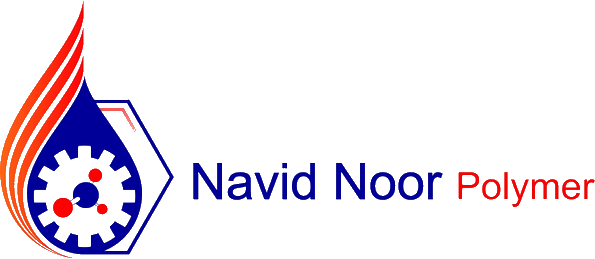
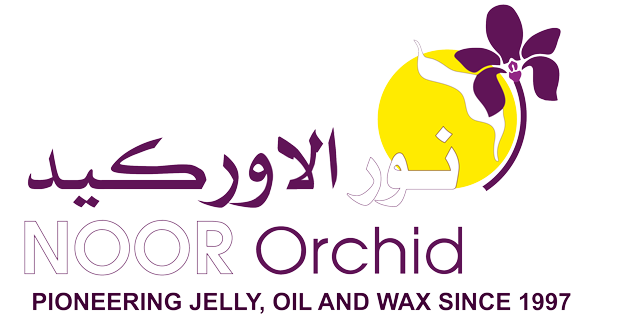





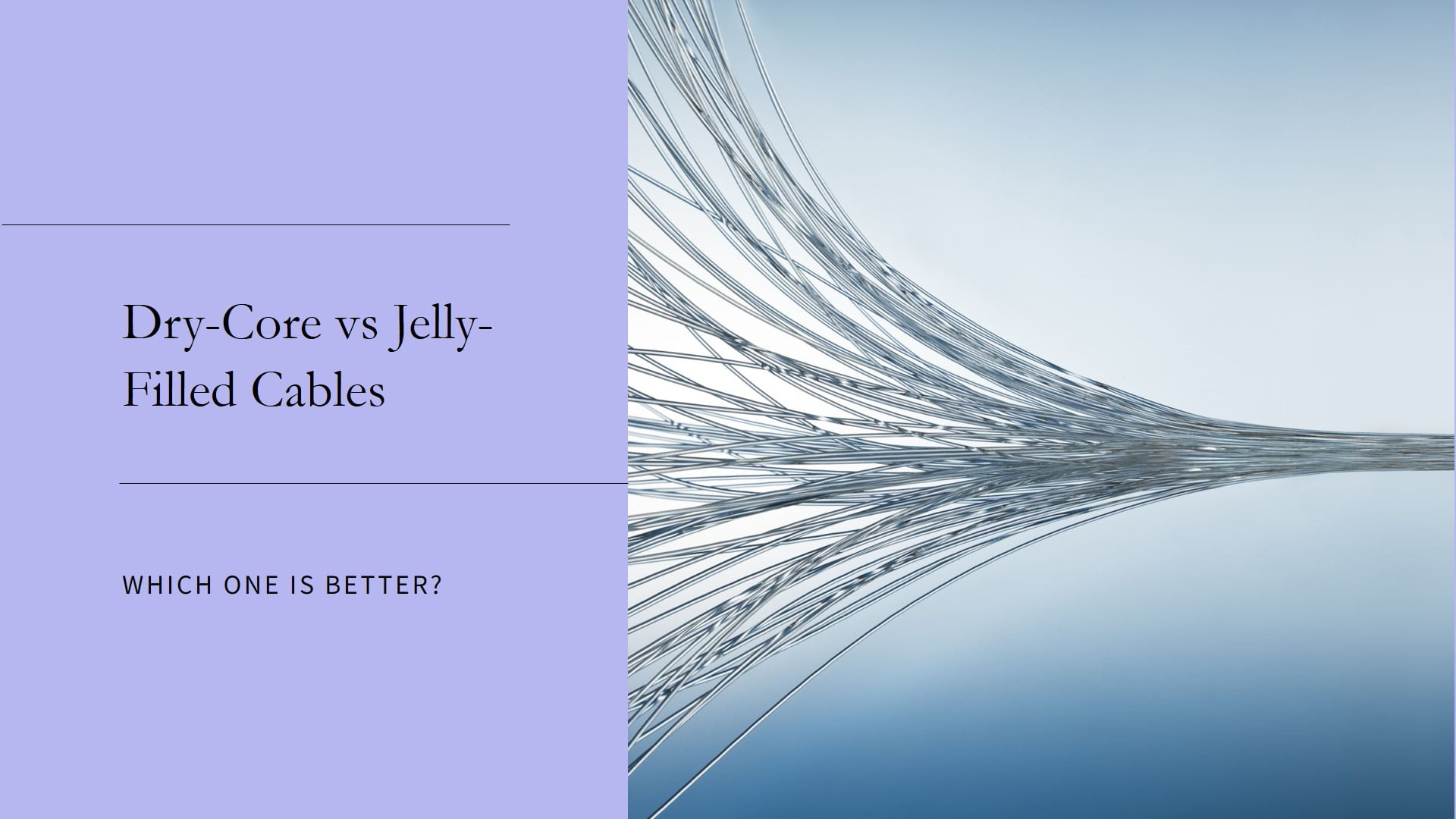
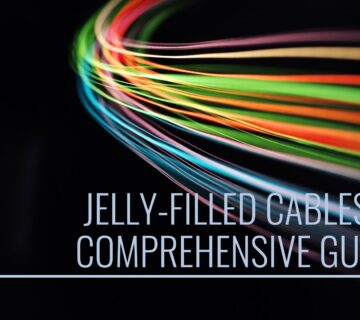
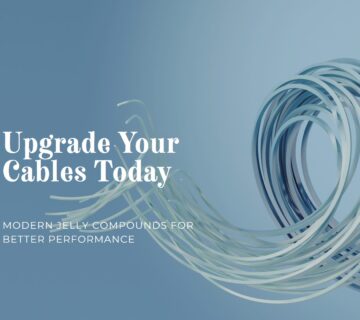
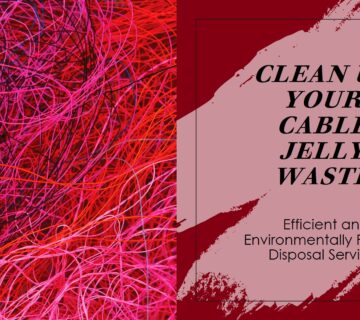
No comment